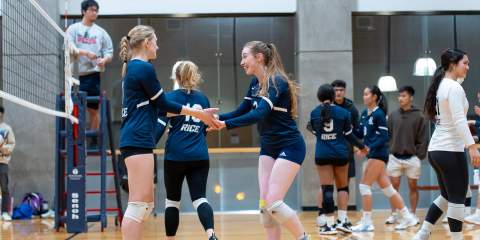When I first came to Rice, I knew I was interested in pursuing a career in medicine but I also wanted to get more experience and see medicine in practice before dedicating myself to this path for the rest of my life. While there are common pathways many students pursue, such as volunteering at the hospitals at the Texas Medical Center or becoming a scribe, I wanted to do something more hands-on where I got to interact directly and use medicine to care for patients. I quickly realized that becoming an Emergency Medicine Technician (EMT) could be an excellent avenue: I would directly care for patients outside of a hospital while utilizing my skills to improve their outcomes.

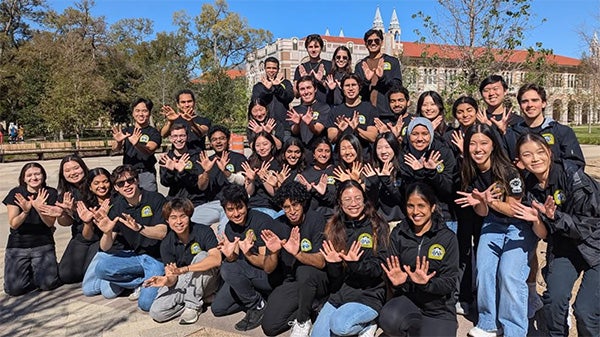
EMSP 281, or the Introduction to Prehospital Medicine course, is offered right here on the Rice campus and allows students to get their EMT certification. EMSP 281 is taught and organized by Rice Emergency Medical Services (REMS), a collegiate first responder organization on Rice campus staffed 24/7 by students for medical emergencies. Although some students pursue opportunities with their EMT certification outside of Rice, others — like myself — choose to volunteer their time with Rice EMS and provide these services on the Rice campus.
Each class is four hours long and held twice a week, and combines a variety of lectures and skill sessions. Lecture (the first 2 hours of class) is when we learn most of the terminology and medical assessments for specific emergencies. Skill sessions (the last half of class) consist of drill-like scenarios, where we practice skills related to the day's lecture. One of my favorite parts of the course was learning about specific systems, such as cardiovascular, and learning the questions we can incorporate in our assessments to rule certain conditions out. Skill sessions were some of the most fun times I have had in my courses at Rice, and I always looked forward to practicing my skills after lectures.
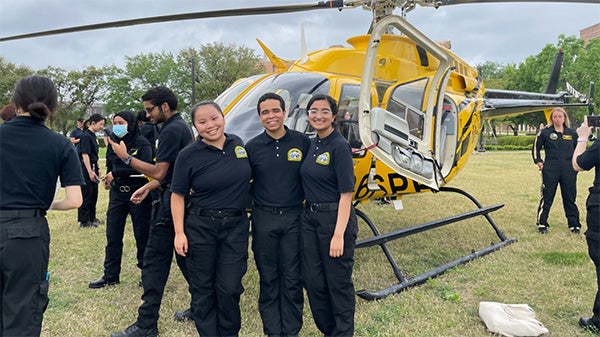
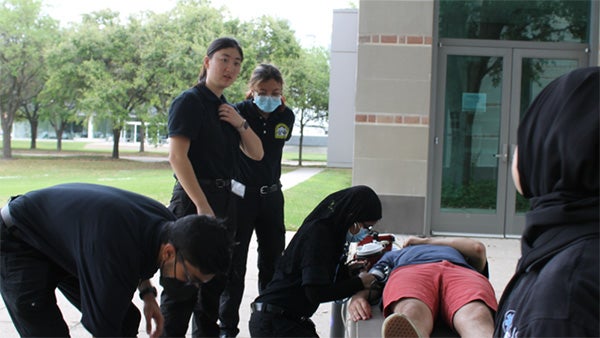
Throughout the EMSP 281 course, you can take three 24-hour ambulance rotations and three 8-hour hospital shifts. The clinical rotations that you take through the class expose you the most to what prehospital medicine is like. In the hospital shifts, you can practice your patient assessments and see how patient hand-offs at the hospital work with EMS. For the ambulance rotations, you are part of an ambulance crew with a paramedic for 24 hours, and go with them on any calls they get that day. These can range from being at a slower station where you only get one call to having back-to-back calls during the entire shift. These ambulance rotations were some of the most fun and rewarding opportunities I have had at Rice, and I still remember many of the patients I treated during my ambulance rotations.
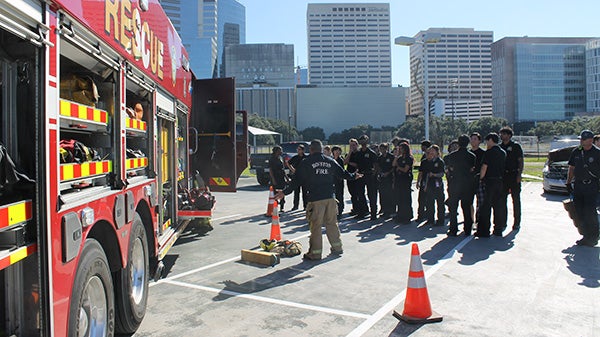
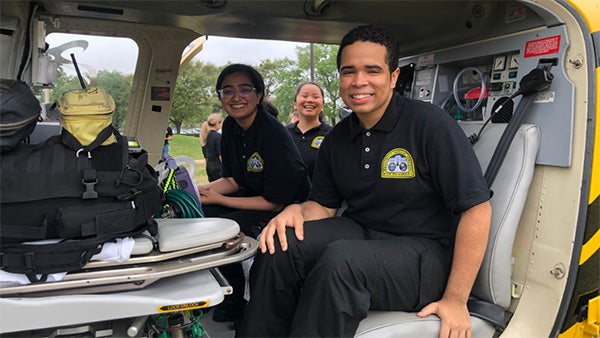
If you are interested in practicing medicine and see yourself in a role where you want to care for and help people using the skills you learn, I strongly encourage you to take the EMSP 281 course here on the Rice campus. You could end up loving emergency medicine and it will become one of the highlights of your time at Rice. Even my relatively short time in EMS has taught me valuable lessons about confidence, composure, humility and empathy.
-Bryant, Sid Richardson ‘25 (Published on 1/7/2025)
Keep Exploring
The college application journey can often feel like navigating a complex maze. As a Master of Accounting student at the Jones Graduate School of Business who completed the application process for both her undergraduate and graduate degrees, Yamila understands the stress and pressure that come with planning for your future. Below, she shares her best advice for practicing self-care and finding balance along the way.
What is the secret to doing it all? Karlianna, Duncan ‘28, a Biochemistry (BS) and Psychology (BA) major, offers her practical, proven strategies for managing her packed schedule — and still finding time to thrive — at Rice.
What began as a three-month Loewenstern Fellowship quickly became a lifelong commitment to fighting food insecurity. Read how a return trip to Bolivia affirmed the lasting power of global service for Neha, Lovett '26.
Helpful Links
713-348-7423
admission@rice.edu
M-F 8:30 a.m. to 5 p.m. CT

